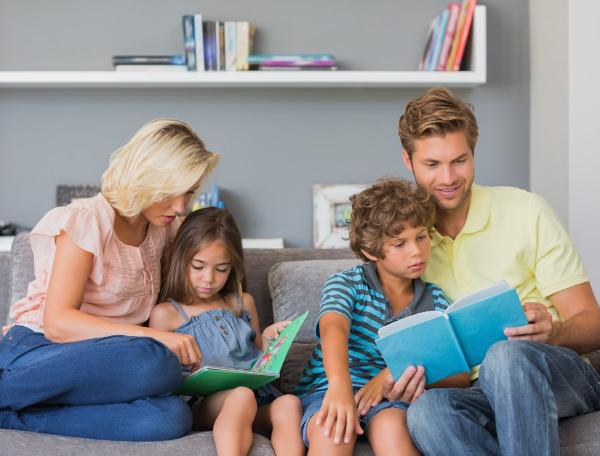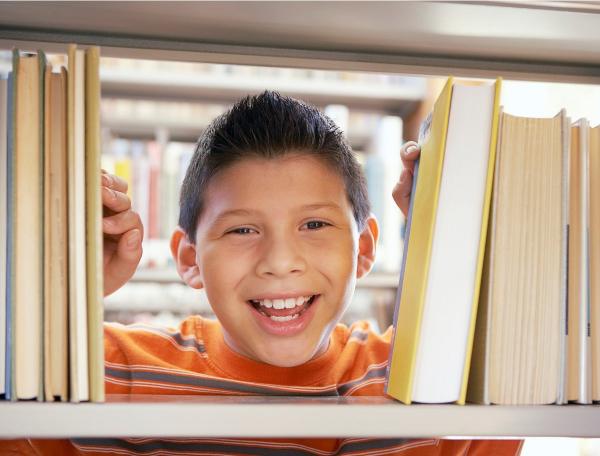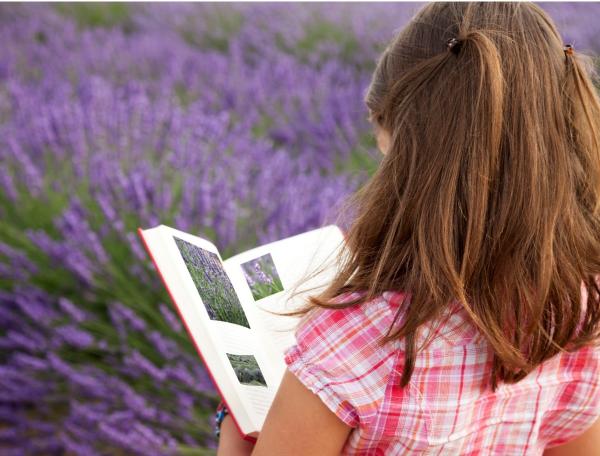Fact or fiction?

Developed in partnership with Education Services Australia
The Australian Curriculum sets the goal for what all students should learn as they progress through their school life. Skills in the Year 1-2 curriculum include:
- telling the difference between fiction and non-fiction texts
- selecting texts for different purpose, such as entertainment or information.
It’s easy to help your child practise these skills as part of everyday life – just use these simple ideas.
Talk about the differences
Understanding the differences between fact and fiction is an important step in your child’s learning. You can help your child develop this by reading a storybook and a fact book about the same theme, and discussing the similarities and differences. For example, you could pair:
- Possum Magic by Mem Fox and Julie Vivas with a fact book about Australian animals
- The Very Hungry Caterpillar by Eric Carle with a fact book about insects
- Are We There Yet? by Alison Lester with a fact book about Australia.
Once you have a pair of books, here are some questions you can discuss with your child:
- what is the purpose of the storybook? Why do people read storybooks?
- what is the purpose of the fact book? Why do people read fact books?
- how do the picture styles differ?
- how do the writing styles differ?
- do you prefer reading storybooks, fact books or both?
Go online
For online reinforcement, Garden detective will give your child practice at:
- reading information texts to find answers to questions
- using memory and logic
- using information to decide whether things belong to a group.
[1-2Learning]








